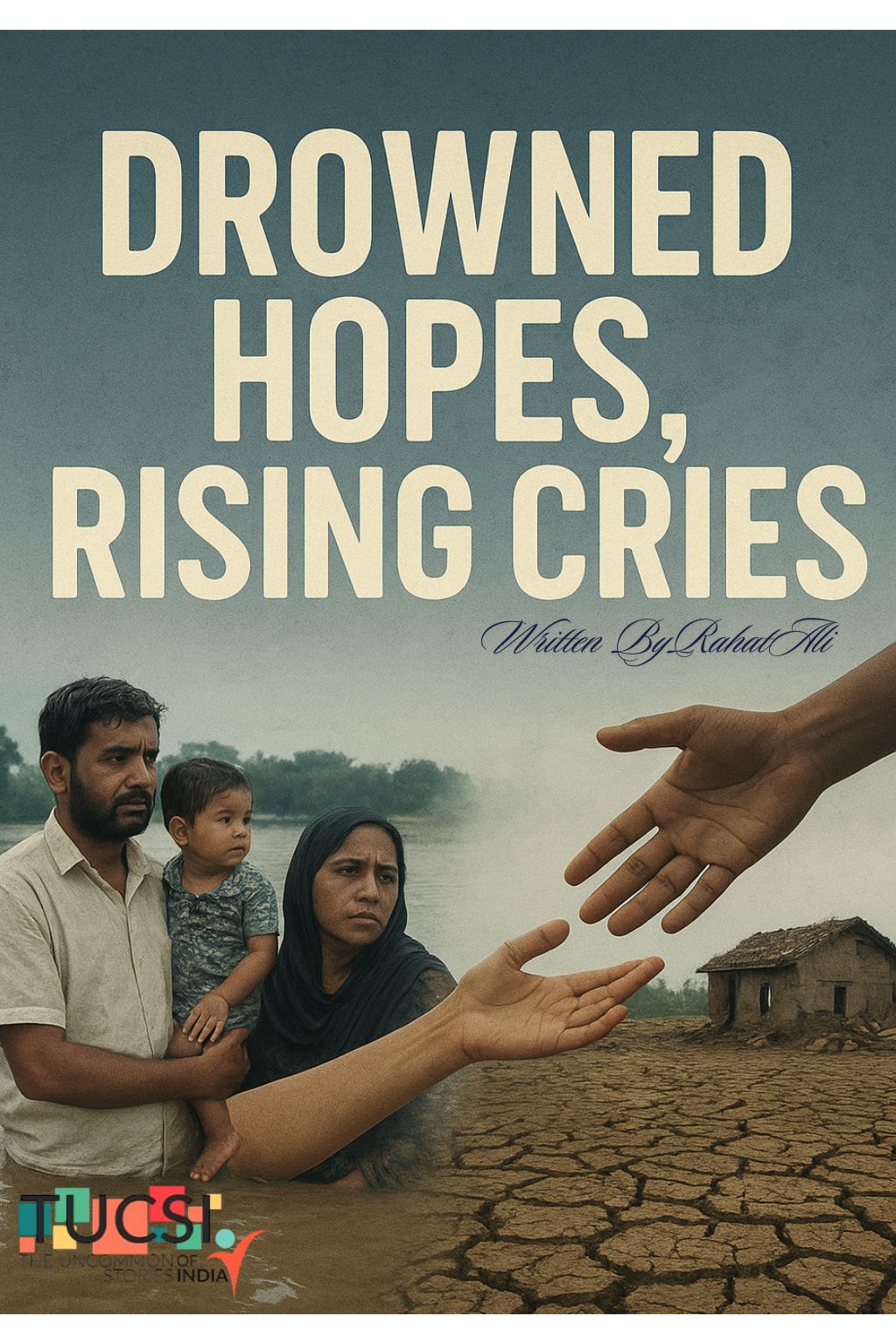
The Untold Stories Of Flood Victims
“Drowned Hopes, Rising Cries: The Untold Stories of Flood Victims in Jammu, Kashmir, Himachal & Rajasthan”
When the Waters Rose: Stories of Pain and a Plea for Humanity from the Flood-Affected Regions of North India
By Rahat Ali
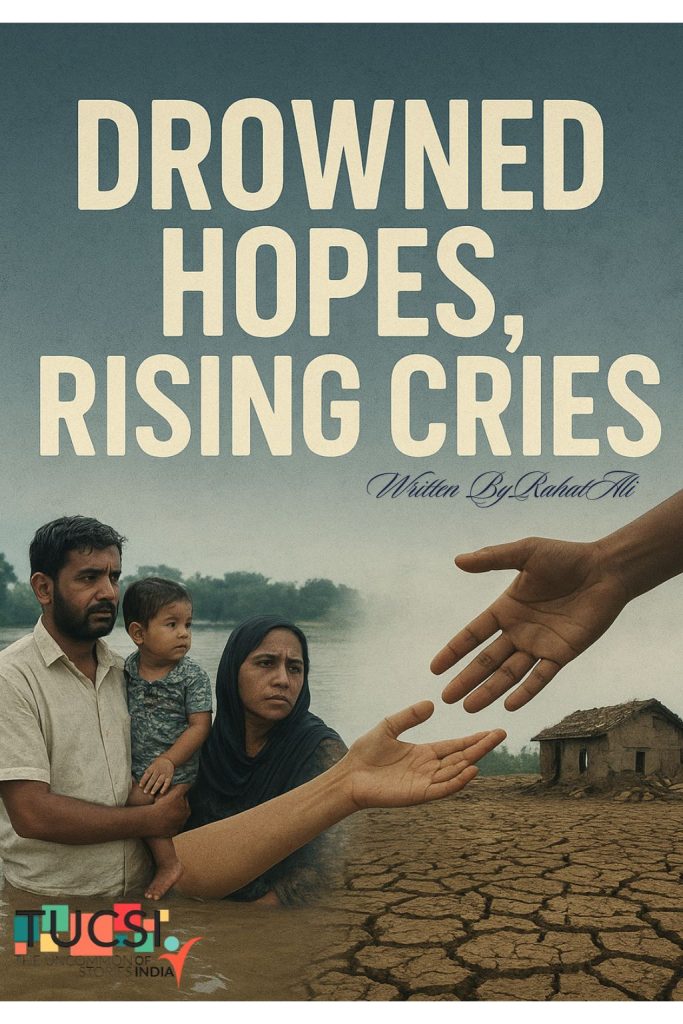
The rains began quietly, as they always do, with the first drops falling on parched soil and dusty rooftops. People in the northern states of India looked to the sky with hope, for rain has always been a symbol of life in these lands. Farmers in the villages of Jammu, Doda, Kishtwar, and Kathua waited for the monsoon to bless their fields. Families in the hilly terrain of Himachal and Kashmir welcomed the cool winds. In Rajasthan, where water is always scarce, the arrival of rain is often celebrated as a festival. But this time, the skies did not stop weeping. Days turned into weeks, and what began as showers of hope quickly transformed into torrents of despair.
The rivers, once narrow streams winding gently through valleys, grew restless and wild. Tawi in Jammu swelled beyond its capacity, dragging away embankments and eroding entire stretches of roads. In Kishtwar and Doda, the Chenab rose like an angry giant, overflowing into houses that had stood for generations. In Kashmir, water gushed through villages, breaking bridges, flooding mosques, schools, and markets. Himachal’s mountainsides loosened, sending down landslides that buried homes under rocks and mud. Even Rajasthan, known for its dry lands, found its low-lying villages under several feet of water, something unheard of in recent memory.
In Jogigate, Rajinder Nagar, Gujjar Nagar, Asrarabad Sidhra, and Green Enclave Society Sidhra in Jammu, residents watched helplessly as water entered their lanes and living rooms. Drains overflowed; walls collapsed under the pressure of rising water. Elderly men clung to their prayer mats, children cried for food, and mothers stood ankle-deep in filthy water, holding their babies to their chest. Furniture floated in what used to be homes. Cars stood half-submerged in lanes. People watched their life’s savings—kept in cupboards, trunks, and wooden boxes—wash away in muddy waves.
For many, the loss was not just of material possessions but of memories. In Doda, one family lost the last photographs of their parents. In Kathua, wedding albums that once told stories of joy were reduced to pulp. In Kishtwar, the flood carried away cattle, the only source of livelihood for dozens of families. In Himachal, apple orchards that had fed generations were destroyed in one night. In Rajasthan, fields of millet and wheat lay submerged, turning green patches into brown wastelands.
But the pain did not stop at lost homes or destroyed property. It entered deeper, into the very heart of survival. Families found themselves without food for days. Children shivered under makeshift tents made of polythene sheets. Drinking water became a privilege, for every handpump was submerged or broken. Diseases began to spread—fever, stomach infections, and skin ailments. The stench of dead animals mixed with stagnant water made breathing itself an ordeal.
One old man in Rajinder Nagar cried as he narrated how the flood took away his small tea shop, the only income he had. Another woman in Green Enclave Society sat silently on the steps of her broken house, staring at the empty space where her kitchen used to be. In Doda, a young boy of twelve was seen searching through the debris for his school bag, knowing he could not attend classes again anytime soon. In Kashmir, a mother wailed after losing her child, swept away by the current while playing outside. In Himachal, entire villages stood still as they buried loved ones who died in landslides triggered by the relentless rain.
The government machinery tried, but the scale of devastation was too vast. Relief camps were opened, but they were overcrowded. Packets of food, when they arrived, were not enough. Tents could not withstand the cold nights of the mountains. People pleaded for medicines, for blankets, for milk for their infants. Volunteers from NGOs, local communities, and religious organizations did what they could, but the suffering outpaced every effort. The affected areas felt abandoned, as though the world had moved on, while they stood knee-deep in misery.
What hurts more than the flood is the silence that follows it. The silence of promises not fulfilled, of authorities who do not arrive, of media headlines that move on to the next breaking story. The people in these regions feel invisible, as though their cries do not reach the halls of power. And yet, in every corner, one sees resilience too. Neighbors share what little they have. A man in Gujjar Nagar opened his broken home to shelter three other families. In Kathua, young boys formed human chains to rescue the elderly from drowning. In Himachal, villagers risked their lives to dig through debris and pull out survivors. Humanity, even in its darkest hour, shines brighter than any flood.
Still, resilience alone cannot rebuild lives. Crops need re-sowing, homes need reconstruction, schools need reopening, hospitals need re-equipping, and families need financial support to stand again. The call is not just for sympathy but for concrete action. Relief must not stop at food packets and tents—it must extend to fair compensation, rehabilitation, and preventive measures to ensure this does not repeat. Stronger infrastructure, early warning systems, proper drainage, and embankments are not luxuries but necessities for people who live by rivers and mountains.
This is not just the story of Jammu or Kashmir or Himachal or Rajasthan. It is the story of human beings whose lives were turned upside down by forces beyond their control. And it is also the story of a nation’s responsibility toward its own people. Every person who lost a home, every child who lost their books, every farmer who lost their crop, every mother who lost her child deserves to be heard, compensated, and helped with dignity.
The appeal goes beyond politics, beyond religion, beyond geography. It is a call to humanity itself. The flood did not ask whether one was Hindu or Muslim, rich or poor, man or woman—it destroyed everything in its path equally. The response, too, must be equal, inclusive, and immediate. It must unite us as one people, one country, bound not just by borders but by compassion.
To walk today in the flood-affected lanes of Jammu or the villages of Himachal or the towns of Kashmir is to walk through a sea of broken dreams. But it is also to witness a courage that refuses to die. Even as they sit amidst ruins, people light small lamps at dusk, pray for better days, and hope that someone, somewhere, is listening. Their appeal is simple: stand with us, help us rise, do not let us be forgotten.
This narrative, though written in words, cannot capture the full extent of their pain. For pain is not just in what is seen—the broken houses, the muddy roads, the fallen trees—but also in what is felt: the emptiness of a mother’s arms, the hunger in a child’s eyes, the helplessness of a father unable to provide, and the silence of the night when everything is lost.
And yet, as the waters slowly recede, so must compassion rise. It is time for the nation to come together, for every individual, every institution, every government body to contribute in any way possible—be it funds, materials, or simply spreading the word. For when we unite, we heal. And when we heal, we rebuild. The victims of these floods do not just need charity—they need solidarity. They need to know that their lives matter, that their loss matters, and that their future will not be left to chance.
So let us stand with them, not just in words but in action. Let us help them rebuild homes, schools, and farms. Let us restore their dignity and give them back their tomorrow. For what is humanity, if not the act of standing by each other in times of despair?
FloodRelief #StandWithVictims #JammuKashmirFloods #HimachalFloods #RajasthanFloods #HumanityFirst #DisasterRelief #CompensationForVictims #TucsiFoundation #RahatAliWrites
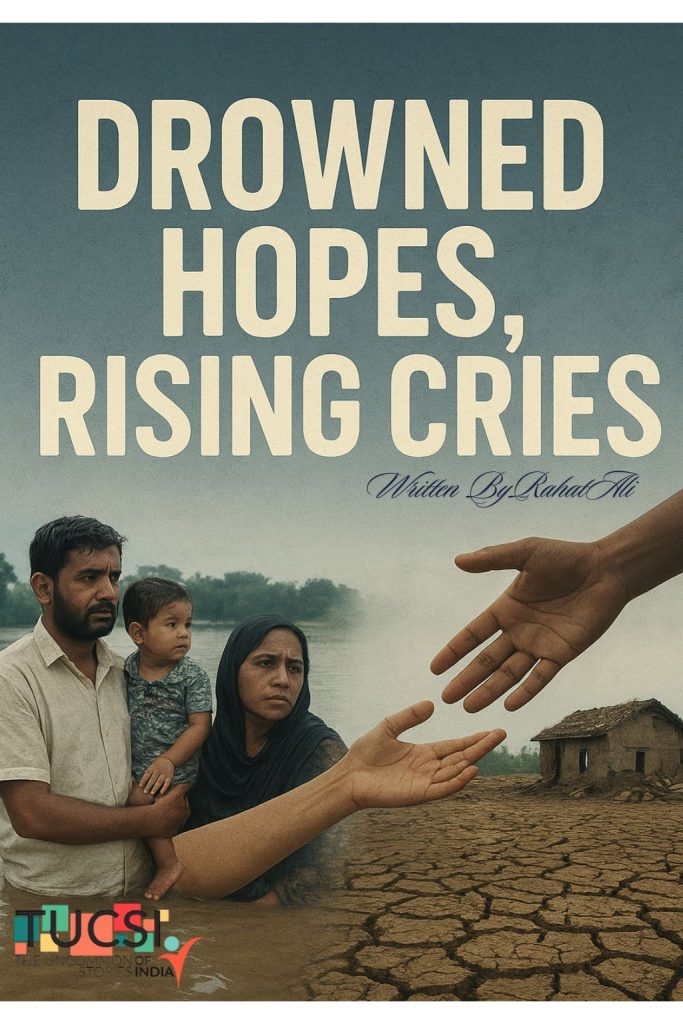
Appeal to Stand for Flood Victims – Let’s Unite Together
Dear Citizens,
The recent floods in Jammu, Kashmir, Himachal Pradesh, Rajasthan, and nearby regions have left behind a trail of devastation. Families have lost their homes, livelihoods, and loved ones. Entire communities are struggling without food, clean water, shelter, and medical support.
In this moment of crisis, humanity must come first. We appeal to every individual, organization, and authority to stand united with the victims. Your support—be it in the form of relief materials, financial aid, medical help, or volunteer service—can save lives and bring hope to those who have lost everything.
Together, we can rebuild lives and restore dignity to those affected.
🙏 Let us unite for compassion.
🙏 Let us stand for humanity.
🙏 Let us rebuild together.
– Rahat Ali
Tucsi Foundation (India)
Hashtags:
StandForFloodVictims #UniteForHumanity #FloodReliefAppeal #TogetherWeCan #TucsiFoundation
One thought on “The Untold Stories Of Flood Victims”
Leave a Reply to River Block Cancel reply
All Categories
Recent Posts
The Bhartiya Ladhakhi:Echoes From The Roof Of The World
DOGRA’s
The Unheard Question: What Next After The Floods Of 2025 (Part 2)
07316984833
contactus@tucsi.org

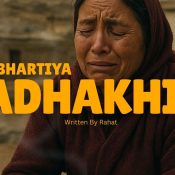

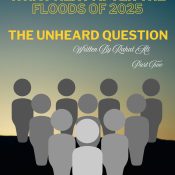
I was recommended this website by my cousin I am not sure whether this post is written by him as nobody else know such detailed about my difficulty You are wonderful Thanks